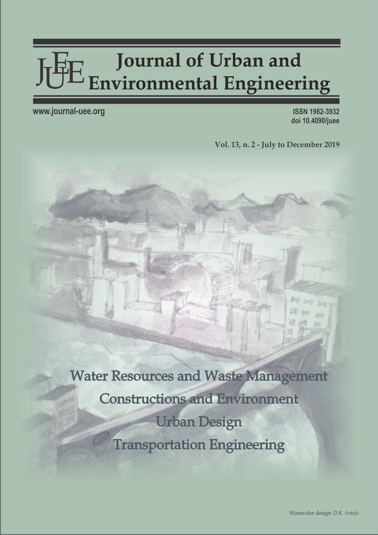URBAN MOBILITY OF THE ELDERLY IN THE METROPOLITAN REGION OF SÃO PAULO: AN APPLICATION OH THE MULTINOMIAL LOGIT MODEL
DOI:
https://doi.org/10.4090/juee.2019.v13n2.294-301Keywords:
Developing country, elderly, mode choice, multinomial logit, trip behaviorAbstract
Elderly population growth has become a worldwide concern in recent years. For that matter, it is important to think about the current state of cities in a way to ensure a safe and independent transportation for the daily mobility of the elderly. Therefore, this study aimed to identify differences in the urban mobility of the elderly and non-elderly population based on travel characteristics. Data was obtained from a mobility research conducted within the metropolitan area of São Paulo, from which five variables were selected and treated for the study. The methodology was based on an analysis with a multinomial logit model. Results indicated that elderly and the non-elderly people tend to choose the individual transport mode first, followed by the public transport mode and lastly the walking mode. Moreover, non-elderly people tend to travel longer distances in their daily commutes, while the elderly people are more likely to do shorter trips in their daily commutes. In sum, the comprehension of mobility differences between elderly and non-elderly population allows a better understanding of challenges faced by the elderly in their daily mobility, as well as adequate planning for more inclusive cities.Downloads
Download data is not yet available.
Downloads
Published
2019-10-06
Issue
Section
Articles




